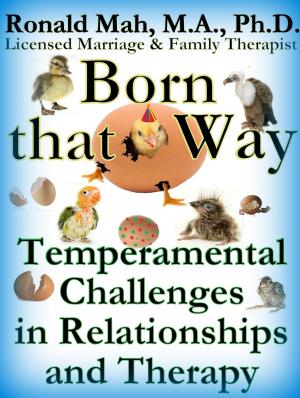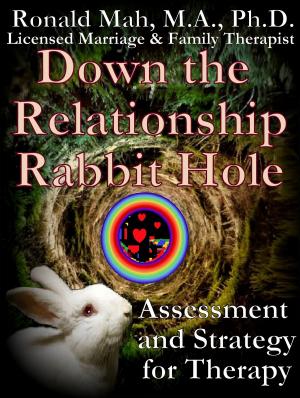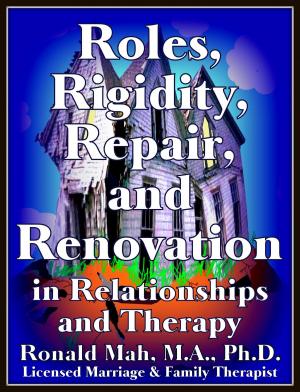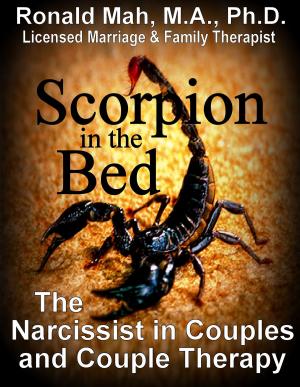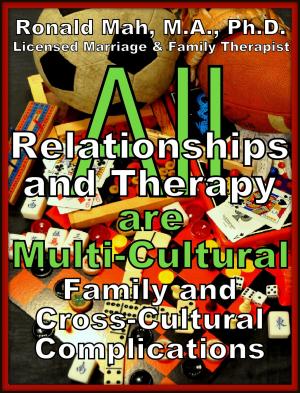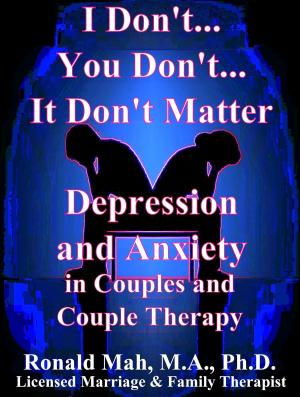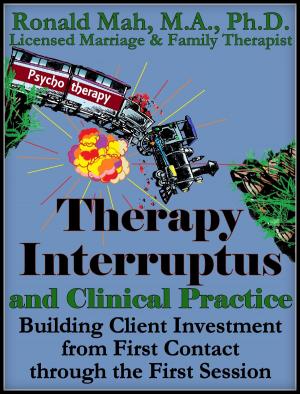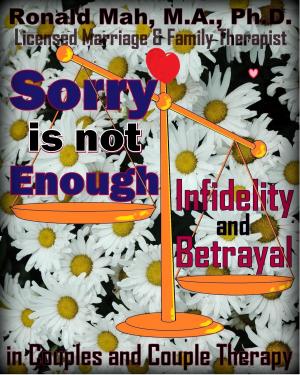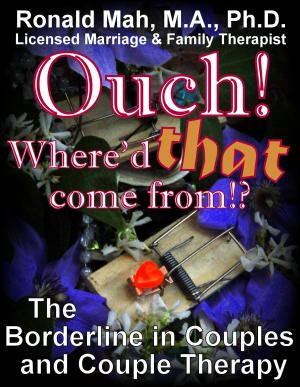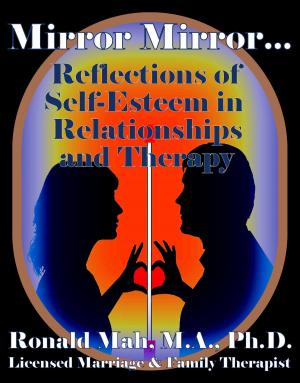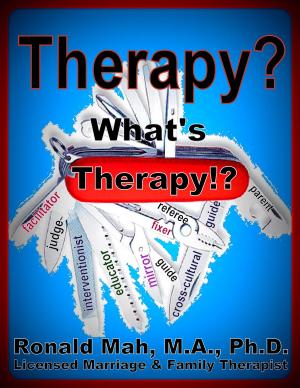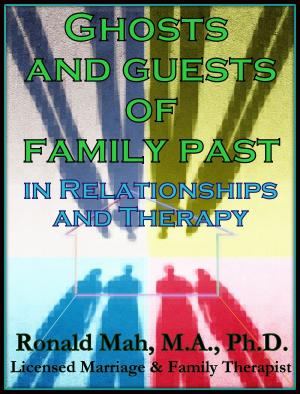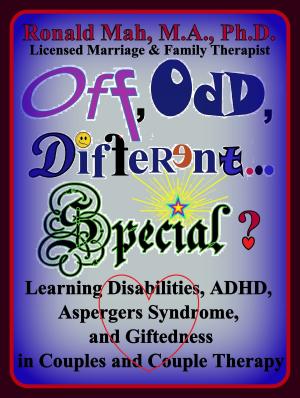The Sun, the Moon, and the Stars, Dependency and Histrionics in Couples and Couple Therapy
Nonfiction, Health & Well Being, Psychology, Family Therapy, Counselling| Author: | Ronald Mah | ISBN: | 9781301115587 |
| Publisher: | Ronald Mah | Publication: | July 23, 2013 |
| Imprint: | Smashwords Edition | Language: | English |
| Author: | Ronald Mah |
| ISBN: | 9781301115587 |
| Publisher: | Ronald Mah |
| Publication: | July 23, 2013 |
| Imprint: | Smashwords Edition |
| Language: | English |
Individuals with dependent personality disorder or histrionic personality disorder create relationships that fundamentally challenge their partners, and when present in couple therapy, challenge the therapist. Despite enthusiastic participation in couple therapy, both dependent and histrionic behavior can seductively sabotage: one through deference and the other through flamboyance, an appropriate therapist-client relationship. These are parallel processes that create dysfunction in the couple, and waylays true intimacy and connection. The therapist will learn how to identify and manage both dependent and histrionic manipulations in therapy. While the dependent personality turns his or her partner into the sun, the moon, and the stars- the center of the relationship, the histrionic personality demands to be the sun, the moon, and the stars in every relationship. While a couple with a dependent partner and a couple with a histrionic couple may behaviorally appear and present in stark contrast to the therapist, conceptual similarities can empower treatment.
Couple therapy must help partners of either personality who initially enjoyed the relationship create a new balance in the couple. The therapist is guided to incorporate conceptual understanding and compassion for the personality disordered individuals to challenge their fundamental survival mechanisms, which have become problematic. Origins of the disorders are examined to direct individual and couple therapy strategies. Of critical importance are the common emotional and psychological roots for both disorders despite their contrasting behavioral manifestations. Difficulties arising from the deep existential anxieties of the disorders both complicate and guide therapeutic intervention. The “good girl” and “bad girl” anxiety for female dependency is examined for how it elicits a “bad guy” role for the frustrated male partner. Passive aggressive strategies for the dependent individual are revealed. The therapist is directed to the deep fragile vulnerability of the histrionic that drives behavior. As a life strategy, it draws at least two types of partners into a skewed relationship. The reward or benefits for the “bland” partner or the obsessive controlling partner reveal their dysfunctional reciprocal dynamics with a histrionic partner.
Gender and cultural influences are considered for diagnosis and treatment. Tendencies for dependent vs. narcissistic vs. histrionic characteristics caution diagnosis within groups: male and female, business and other mainstream situations, and heterosexual and homosexual communities. The therapist will learn about how male dependency otherwise not culturally supported may express in violent aggression. The book offers strategies for therapy for couples fundamentally shaped by these two personality disorders.
Individuals with dependent personality disorder or histrionic personality disorder create relationships that fundamentally challenge their partners, and when present in couple therapy, challenge the therapist. Despite enthusiastic participation in couple therapy, both dependent and histrionic behavior can seductively sabotage: one through deference and the other through flamboyance, an appropriate therapist-client relationship. These are parallel processes that create dysfunction in the couple, and waylays true intimacy and connection. The therapist will learn how to identify and manage both dependent and histrionic manipulations in therapy. While the dependent personality turns his or her partner into the sun, the moon, and the stars- the center of the relationship, the histrionic personality demands to be the sun, the moon, and the stars in every relationship. While a couple with a dependent partner and a couple with a histrionic couple may behaviorally appear and present in stark contrast to the therapist, conceptual similarities can empower treatment.
Couple therapy must help partners of either personality who initially enjoyed the relationship create a new balance in the couple. The therapist is guided to incorporate conceptual understanding and compassion for the personality disordered individuals to challenge their fundamental survival mechanisms, which have become problematic. Origins of the disorders are examined to direct individual and couple therapy strategies. Of critical importance are the common emotional and psychological roots for both disorders despite their contrasting behavioral manifestations. Difficulties arising from the deep existential anxieties of the disorders both complicate and guide therapeutic intervention. The “good girl” and “bad girl” anxiety for female dependency is examined for how it elicits a “bad guy” role for the frustrated male partner. Passive aggressive strategies for the dependent individual are revealed. The therapist is directed to the deep fragile vulnerability of the histrionic that drives behavior. As a life strategy, it draws at least two types of partners into a skewed relationship. The reward or benefits for the “bland” partner or the obsessive controlling partner reveal their dysfunctional reciprocal dynamics with a histrionic partner.
Gender and cultural influences are considered for diagnosis and treatment. Tendencies for dependent vs. narcissistic vs. histrionic characteristics caution diagnosis within groups: male and female, business and other mainstream situations, and heterosexual and homosexual communities. The therapist will learn about how male dependency otherwise not culturally supported may express in violent aggression. The book offers strategies for therapy for couples fundamentally shaped by these two personality disorders.

